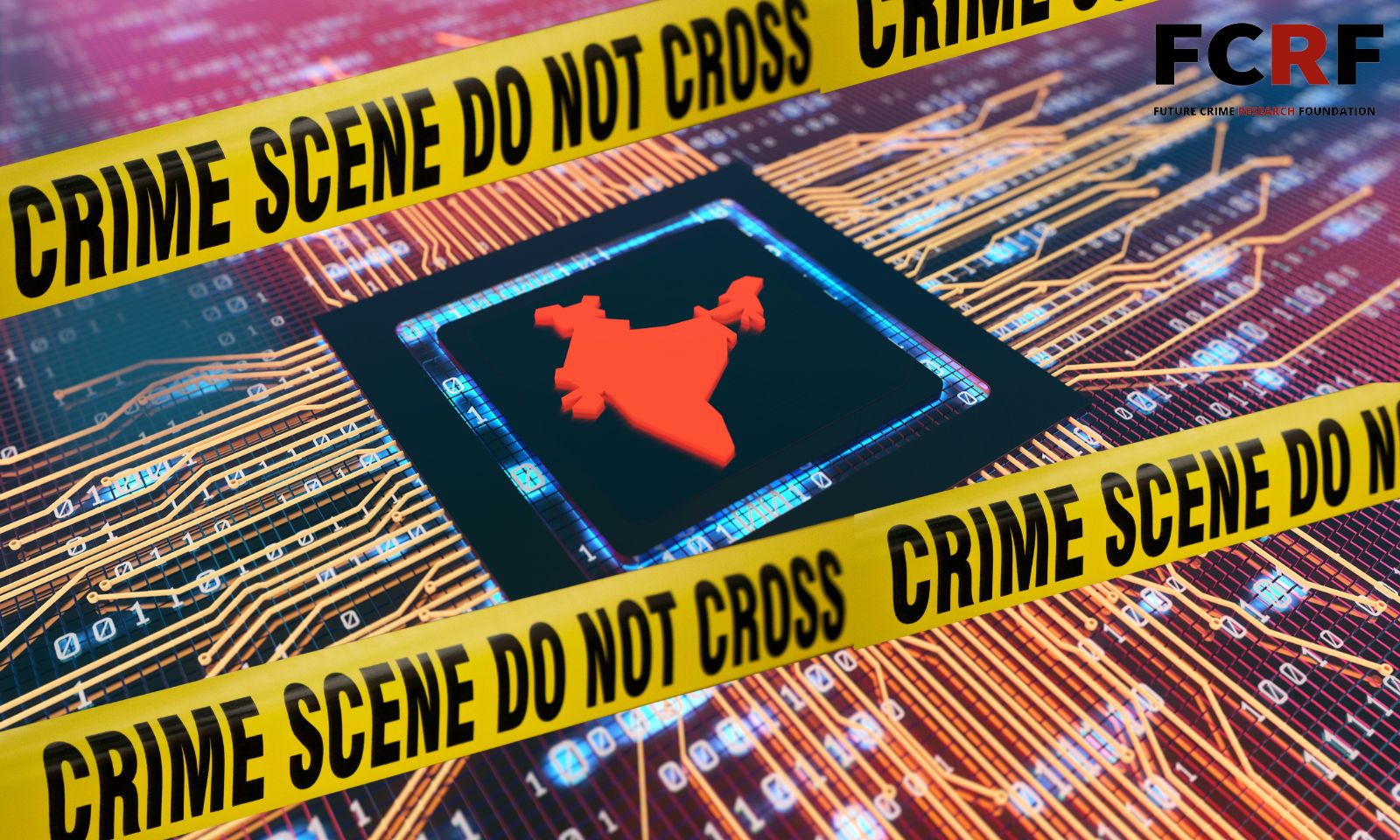NEW DELHI: The Ministry of Home Affairs, under the guidance of Prime Minister Narendra Modi and Union Home Minister Amit Shah, has made fortifying India’s cybersecurity a paramount objective. Recognizing the global significance of cybersecurity, a series of strategic initiatives have been launched to combat cybercrime and bolster online safety. From the establishment of the Indian Cybercrime Coordination Centre (I4C) to the creation of the National Cybercrime Reporting Portal (NCRP), these endeavors underscore the government’s dedication to safeguarding citizens against digital threats and financial frauds.
Let’s delve into the impactful measures taken and their profound influence on crime prevention, victim support, law enforcement coordination, and public awareness in the cyber domain.
- I4C’s Objectives:
- Focuses on enhancing the nation’s capability to combat cybercrime.
- Aims for effective coordination among Law Enforcement Agencies (LEAs) and stakeholders in India.
- National Cybercrime Reporting Portal (NCRP):
- Launched in 2019 as a citizen-centric platform.
- Used more than 14 crore times, indicating credibility and usefulness.
- Over 31 lakh cybercrime complaints reported by citizens.
- LEAs have registered more than 66,000 FIRs via States/UTs.
- Crime and Criminal Tracking Network & Systems (CCTNS):
- 99.9% of Police Stations (16,597) register 100% FIRs directly through CCTNS.
- 28.98 crore Police records registered.
- Over 12.30 crore requests disposed of by State Police out of 12.82 crore received from citizens.
- NCRP FIRs are reflected through CCTNS.
- National Automated Finger-Print Identification System (NAFIS):
- Revolutionized fingerprint recognition in crime control.
- Integrates 1,05,80,266 records, aiding interstate criminal tracing.
- Aids I4C in interstate linkage of cyber criminals.
- National Cybercrime Helpline Number 1930:
- Assists citizens in registering online financial frauds.
- Integrated with all States/UTs and over 263 banks, e-commerce companies, etc.
- Prevented cyber criminals from siphoning off over Rs 1,100 crore of citizens’ money, benefiting 4.3 lac victims in 3 years through CFCFRMS module.
- Receives around 50,000 calls daily.
- Marked 12.32% of total fraudulent amount in 2023 against 6.73% in 2021, indicating the impact of the helpline and CFCFRMS module.
- Future Plans:
- Onboarding more banks through API integration.
- Allocation of Rs 12.12 crore to 28 States/UTs for setting up the infrastructure of National Helpline no.1930.
- Prevention Strategy of I4C:
- Prioritizes blocking communication and financial infrastructure abused by criminals.
- Proactively identifies and blocks various elements including SIM cards, IMEI devices, bank accounts, UPI IDs, websites & URLs, and malicious mobile applications.
- Achievements in Blocking Infrastructure:
- I4C has blocked over 2,95,000 fake SIM cards, 46,000 IMEI devices, 2800 websites/URLs, and 595 mobile applications through its JMIS (Beta version) module.
- ‘Pratibimb’ Platform by JCCT Jamtara, Jharkhand:
- Uses geospatial mapping to locate mobile numbers linked to cybercrimes.
- Resulted in over 400 arrests by Jharkhand Police and shows evidence of decline in offenses from the area.
- Intends to expand this model nationally to eliminate cybercrime hotspots.
- Training and Capacity Building Initiatives:
- ‘CyTrain’ MOOC platform launched for police officer capacity building, issuing over 52,000 certificates.
- ‘Stay Safe in Cyber Space’ course on IGOT Karmayogi platform completed by over 1,15,000 Government officials.
- National Cyber Forensic Laboratory (NCFL) established in Delhi for investigations, assisting in over 9000 cyber and digital forensic cases.
- Rs. 122.24 crore released under the CCPWC scheme for cyber forensic labs and training.
- Information Sharing and Coordination:
- Shared more than 178 advisories on cybercrimes with States/UTs, Ministries/Departments.
- Established seven Joint Cyber Crime Coordination Teams (JCCTs) for interstate coordination among Law Enforcement Agencies.
- Conducted 7 JCCT workshops in different cities for enhancing coordination.
- Organized 38 peer learning sessions for Cyber Cells across the country.
- Awareness and Mass Outreach:
- CyberDost, a social media handle, provides cyber safety tips and has over 1 million followers across multiple platforms.
- Over 2000 social media posts and 200 short videos on cyber safety have been shared.
- Encouragement for organizing “Cyber Jaagrookta Diwas” and mass awareness campaigns in vernacular languages.
- Citizen Engagement and Volunteers:
- Introduced a Cyber Volunteer Framework through NCRP for citizens to disseminate cyber hygiene.
- Cyber Volunteers Squad flagged off from 7 Premier Educational Institutions by the Union Home Minister during the G20 Conference.
- Notable Cybercrime Modus Operandi and Technical Support:
- Highlighted major cybercrime methods in 2023 such as Part Time Job Fraud, Illegal Lending Apps, Account Takeover, etc.
- I4C provided technical support in major crackdowns on cybercrime cases.


